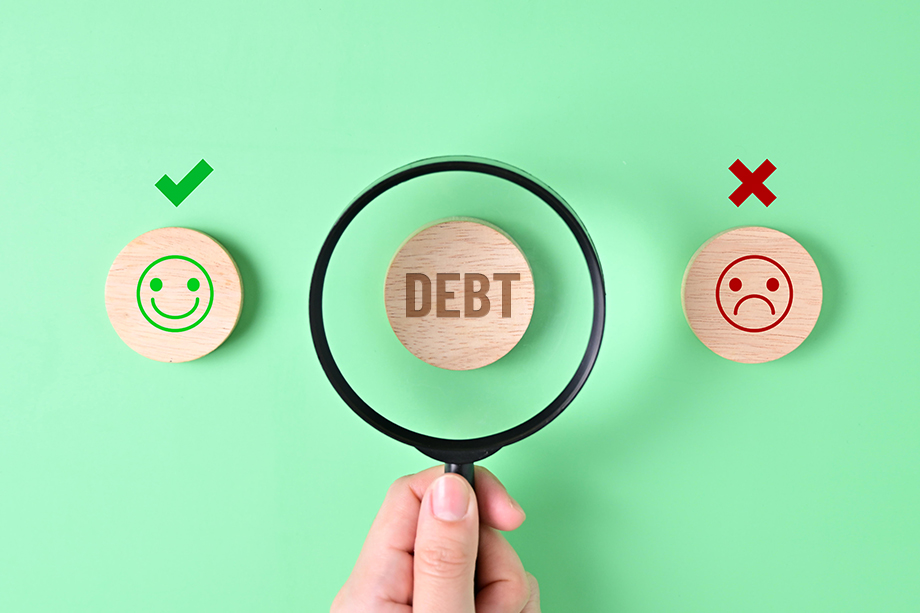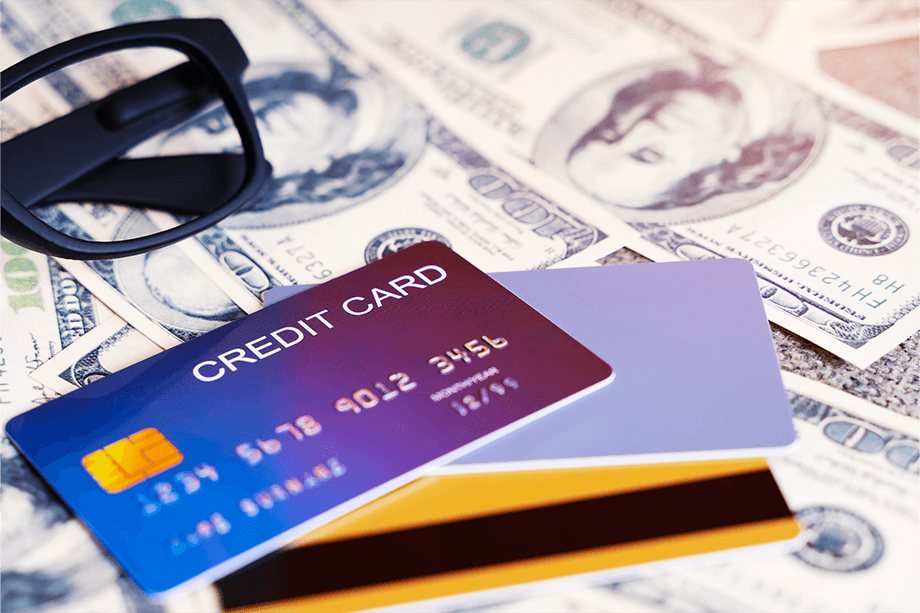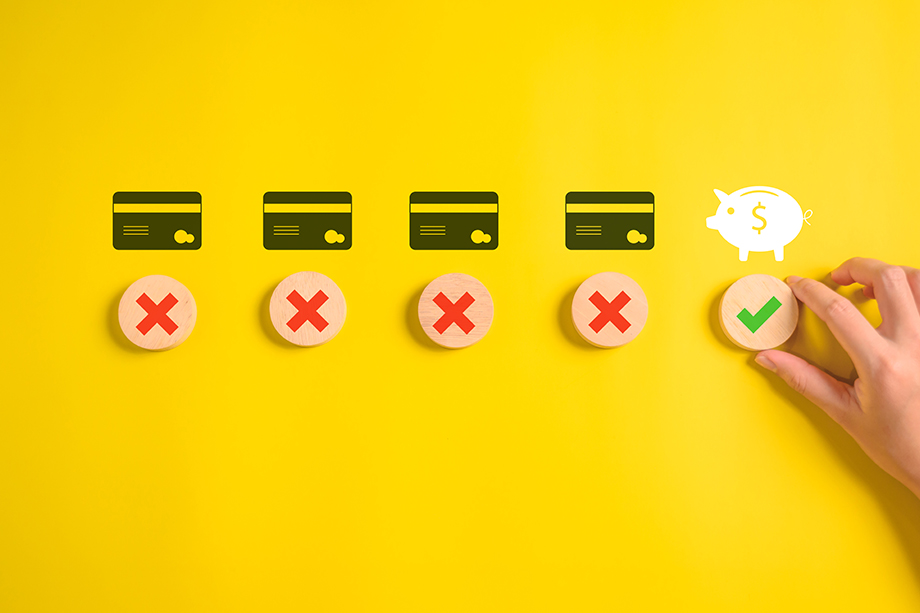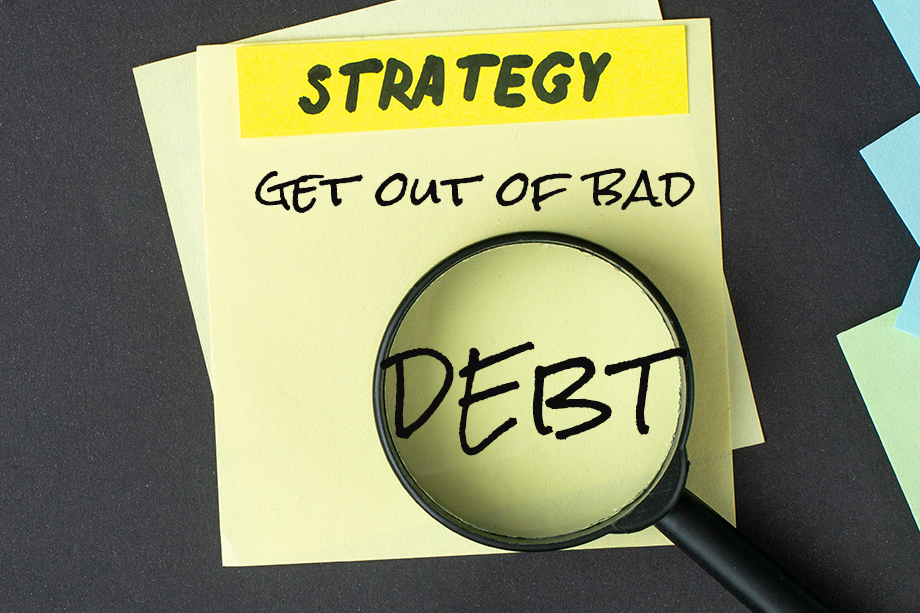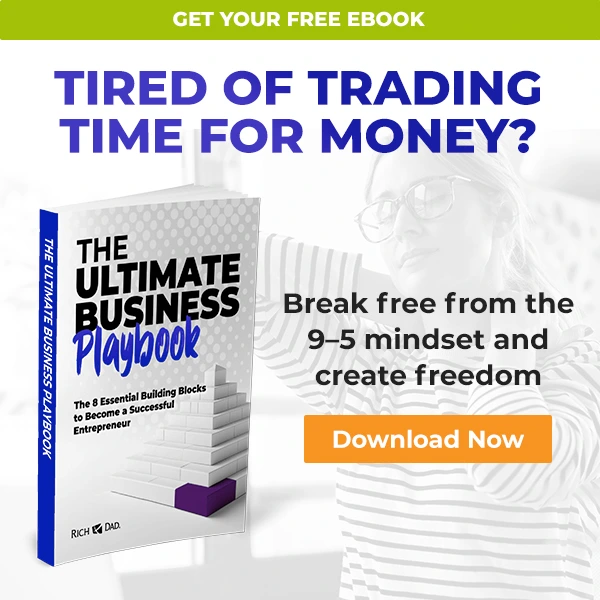Many people teach that debt is bad or evil. They preach that it is smart to pay off your debt and to stay out of debt. And to an extent, they are right.
There is good debt and bad debt. It is wise to pay off bad debt—or not get into it in the first place. Simply said, bad debt takes money out of your pocket, and good debt puts money into your pocket.
A credit card is often bad debt because people use it to buy depreciating items like big screen TVs, cars, and vacations. Conversely, a loan for an investment property that you rent out can be good debt if the asset’s cash flow covers the debt payment and puts money in your pocket.
Error: Campaign not found.
The people who preach the evils of debt do not understand that debt is essential to the American economy. Whether that is good or bad is debatable, but what is not debatable is that without debt, our entire economy would collapse. Our entire economy is based on steady inflation. And the way in which we encourage that inflation is through debt.
Unfortunately, the way the rich use debt and the way the poor and middle classes use debt are vastly different.
How the poor use debt
As mentioned above, the poor and middle class use debt to generally buy liabilities like a car or a vacation. Here are some examples of how poor people use debt:
Bad debt #1: High-interest credit cards
In 2020, Bankrate.com reported that average credit card interest rates are in the low 17% range. Beyond that, credit cards often have hidden rates that can cost you hundreds of dollars for things like late fees, annual fees, and currency exchange rates.
Credit cards are neither good or bad in and of themselves. It’s how you use them. Unfortunately, the poor often use credit cards in the worst way by buying liabilities like televisions and vacations, only to pay the minimum payment each month. By doing this they pay substantial amounts of interest over long periods of time for goods that lose value. It’s a double whammy.
Bad debt #2: Loans for liabilities
There are lots of loans out there that you can get for liabilities. From car loans to personal loans to payday loans, you can find a way to take on more debt…often at a high price.
They also pull out loans for things they consider to be investments, such as their own personal home. But a house is not an asset. Why? Because the very simple definition of an asset is that it puts money into your pocket. A liability takes money out. A personal home only takes money out of your pocket. This is not to say that you shouldn’t get a mortgage, but don’t do it thinking you’re buying an asset…and especially don’t take on way more than you can afford thinking it’s a good investment.
This method of using bad debt to attain things that generally lose value over time keeps most people financially enslaved to debt for most of their lives. And when they do finally decide to get off the drug of bad debt, they often spend years working harder and harder to pay it off. It’s a lot of lost time and opportunity.
How to use good debt like the rich
The rich use good debt to grow their worth, and they invest in cash flowing assets using Other People’s Money (OPM)—both the bank’s and investors’.
OPM is a fundamental concept of Rich Dad and a sign of high financial intelligence. By using both good debt and OPM, you can dramatically increase your Return on Investment (ROI)—and you can even achieve infinite returns.
Error: Campaign not found.
Good debt is a type of OPM. The downside to debt is that you can generally only borrow a certain percentage of an asset’s purchase price. In keeping with our real estate example from my previous post on good debt, that is generally around 70 to 80 percent of the purchase price.
Because of this, you have two choices when you find a worthy investment: use your own money or use other people’s money. Provided you structure the deal well, the more you can use other people’s money, the higher your return will be.
Many people think it’s a fantasy world that people would just give you money to invest, but that couldn’t be further from the truth. The reality is that most people don’t have time to find good deals. Instead, they rely on people with the proper financial education, skill set, and drive to bring deals to them.
Rich Dad real estate advisor, Ken McElroy, has perfected using OPM. His company, MC Companies, buys apartment buildings. He does all the hard work of finding deals, doing the due diligence, negotiating with owners and lenders, and handling management. In return, people line up hoping to invest their money with him.
Today, Ken does big deals that require a certain type of investor. Not just anyone can invest with Ken. But he started with small deals, and worked his way up.
How to use debt to buy real estate and create wealth
Here’s a real estate example on how the rich use good debt as money to create wealth.
Using the bank for investments, one can leverage their money. Using simple math, let’s assume “Jane” has $100,000 and is looking to invest it in a $100,000 property that rents for around $800 per month. You can find many properties like this if you look diligently.
Jane could use all her money to purchase one property for $100,000, or she could use good debt to buy five $100,000 properties.
The bank would lend her $80,000 for each property and she would divide her $100,000 into five $20,000 down payments.
At 5 percent interest, the payment on the loans would be around $500, including taxes and insurance. So, Jane’s cash flow on each property would be $300 a month ($800 in rent – $500 in debt payment = $300 per month) for a total of $1,500 ($300 x 5 = $1,500) per month—an 18 percent annual return.
How to use debt even more to your advantage with OPM
Now, here’s an example of why using good debt, coupled with OPM, is an even more powerful investment tool for the rich.
Using OPM, Jane can increase her return and secure even more assets. Let’s say that instead of having to put down 20 percent on five properties, she can use her $100,000 to put down 5 percent on 20 properties. She can do this by finding 20 great deals and lining up investors to invest in them.
Here’s how the math works out.
The bank would lend $80,000 for each property, and Jane would divide her $100,000 into twenty $5,000 segments, using OPM to raise the other $15,000 needed for each property. Again, at 5 percent interest, the payment on the loans would be around $500 per month. Let’s assume that she’ll pay a little more for the investors’ money and give them 7 percent interest. The money owed to them would be a little less than $100 per month—but we’ll go with $100 to make it simple. So, her total costs would be about $600 per month.
That means Jane will have a cash flow of about $200 per month, which she’ll split with our investors 50/50. She’ll pocket $100 per month, or $1,200 per year, and the investors will pocket $100 per month, or $1,200 per year.
Adding up the total return for all 20 deals, that’s $24,000 per year cash flow, a return of 24 percent. Not only is Jane making 6 percent more per year than if she used her own money, but she also has ownership in 20 assets instead of just 5. Later, she can refinance these properties, pay off the investors, get her investment back, and continue to receive cash flow from the 20 properties—an infinite return.
Error: Campaign not found.
Again, this is very simple math, here. In real life, the numbers are more complicated and much larger. But the principles are the same. Investing with OPM takes a high level of financial intelligence. But both Ken McElroy and Robert Kiyosaki started small and worked into the big apartment deals they do today. You can do the same.
Be diligent. Continue to increase your financial education. Work hard. And master the fundamentals of good debt and OPM, and you will become wealthy.

